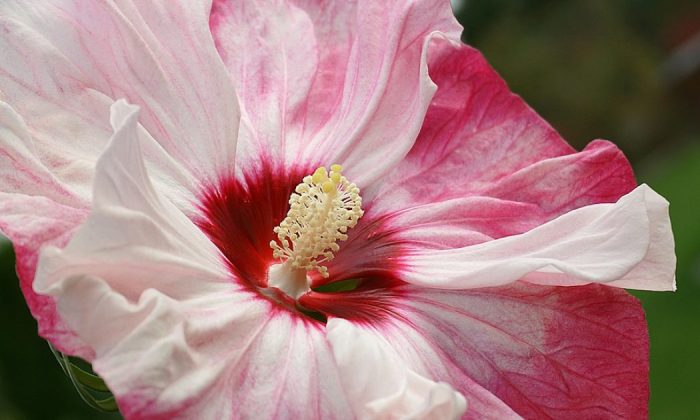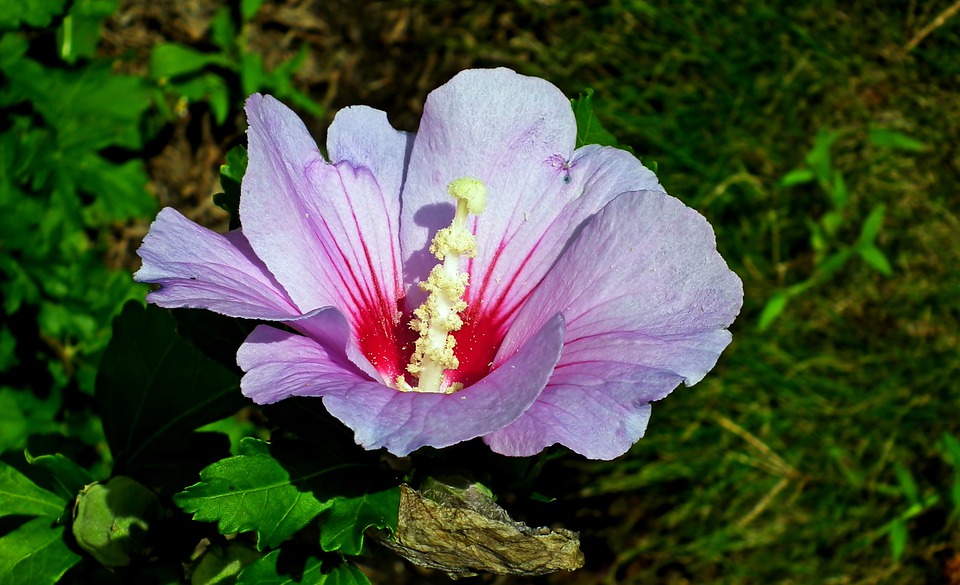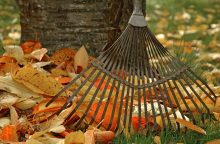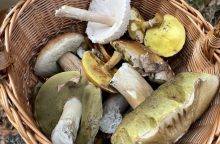Syrian ketmia will brighten you garden with beautiful flowers. Avoid common growing mistakes

Are you looking for a beautiful shrub that will vivify your garden from spring to autumn? Syrian ketmia can do that easily thanks to wonderful flowers. It comes from Asia and its Latin name is Hibiscus syriacus. If you have ever seen this shrub in “action” and the huge number of large and attractively coloured flowers, you would agree with us.
You will not find many trees or shrubs in Eastern Europe that can brighten your garden like the Syrian ketmia, but you can certainly grow it, and if you take good care of it, you will be able to enjoy this beauty for a long time – despite the fact that individual flower lasts only one day. Sad, but true, but do not despair. It produces so many flowers that it seems that it blooms all the time.
The ideal shrub for a sunny spot in your garden
If you have a spot in your garden where the sun shines all the time, plant Syrian ketmia there. It loves the sun and hates shade. It in shade then it blooms much less and it is more susceptible to pests and diseases. Syrian ketmia also needs a well-drained and nutritious soil to grow properly.
Photo: Pixabay
Soil may be regular, but if you fertilize, you can literally multiply the number of flowers. Choose a complex fertilizer designed for flowers and fertilize every two to three weeks, but be careful. No fertilizer in August. Break in fertilizing will give new shoots time to mature before winter, otherwise they may be damaged by frost.
What else you should know about growing Syrian hibiscus
A healthy shrub is not prone to frost damage, but to make sure, we recommend covering the surrounding top soil with mulch, and in the spring, with a non-woven fabric to prevent early sprouting. Syrian ketmia usually sprouts in May, so do not worry if you do not see any activity before that.
If you have young plants, making sure that young fruit do not ripen – after flowering has finished. This will weaken the shrub unnecessarily and it would be harder for it to survive the winter. You should also be careful with pruning. Deep cut is done in summer, quick cut in spring.
Preview photo: Pixabay
Source: https://living.iprima.cz/zahrada/ibisek-kral-letni-zahrady-miluje-slunce-a-teplo

Gardening is my hobby, I have a lot of experience and I am happy to share it.









0 comments